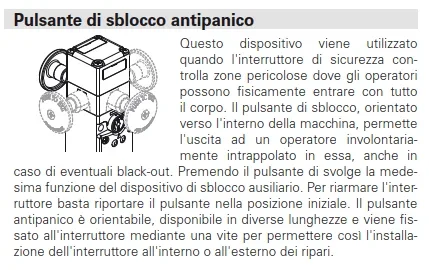Andrea O
Guest
Good morning, everyone!
for a degree thesis I am following a project in which, for safety reasons, it is necessary to install an electromagnet that, in case of anomaly ( lack of current/tension), must be able to release a system of levers that guarantee the implementation of a safety condition.
the real question I wanted to ask you is as follows: in case I used an electromagnet that without power keeps me the system blocked (as a permanent magnet) and that instead powered releases the system (disactivation of the magnetic field), there is a system (electrical or electronic) that is able at the time when I have the battery pack to provide me a minimum current (also residual, minimal) able to disable the electromagnet and activate the safety system?
Thank you in advance.
for a degree thesis I am following a project in which, for safety reasons, it is necessary to install an electromagnet that, in case of anomaly ( lack of current/tension), must be able to release a system of levers that guarantee the implementation of a safety condition.
the real question I wanted to ask you is as follows: in case I used an electromagnet that without power keeps me the system blocked (as a permanent magnet) and that instead powered releases the system (disactivation of the magnetic field), there is a system (electrical or electronic) that is able at the time when I have the battery pack to provide me a minimum current (also residual, minimal) able to disable the electromagnet and activate the safety system?
Thank you in advance.


